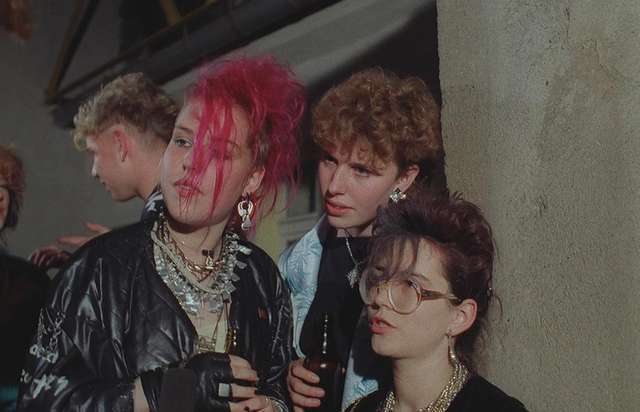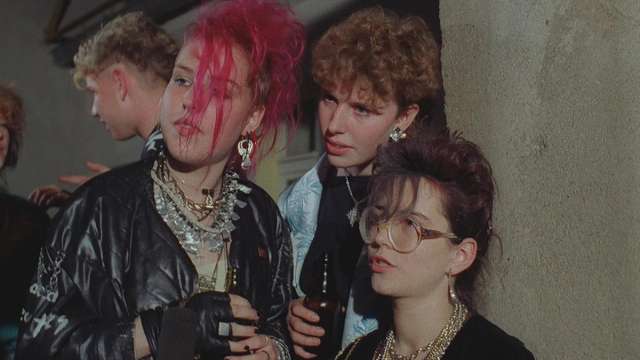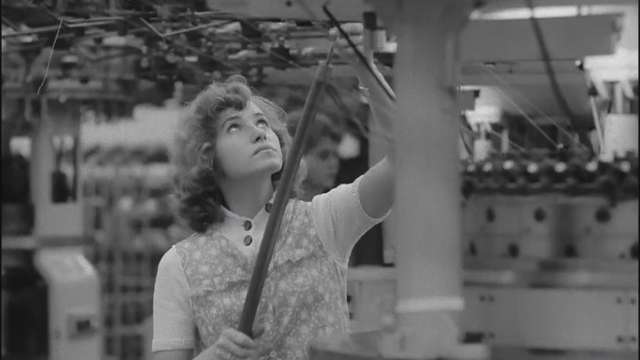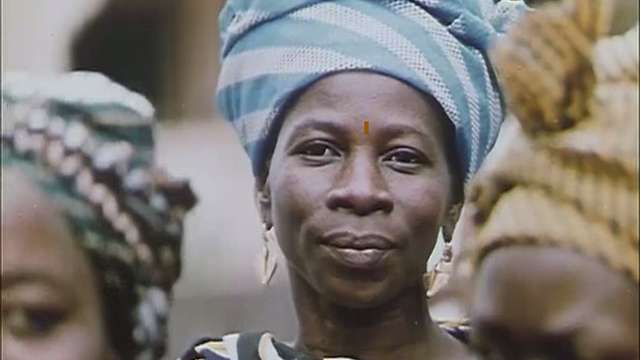
DEFA Documentary
About 2,000 documentary films which as a political tool, were supposed to promote the ideas of socialism and show an idealized picture of the German Democratic Republic (GDR).
Provenance
Production period
1946-1992
Number of films
approx. 2,100
Running time
5-180 min
Material
35mm | coloured, b/w
Topics
Society, politics, sports, culture, biographies
Filming Locations
Worldwide: Germany (East), Germany (West), Czech Republic (CSSR), Poland, Russia (Sovjet Union), Italia, Greece, Africa, Asia (f.e. Vietnam, China, North Corea, Iraq, Syria), Cuba, Chile



Background
The DEFA produced about 2,000 documentary films which as a political tool, were supposed to promote the ideas of socialism and show an idealized picture of the German Democratic Republic (GDR). From the 1960s onwards, social inequalities and conflicts were also increasingly addressed. In the last years of the GDR, filmmakers documented the tumultuous events in their country and the developments after reunification. With the 20-part series "Children of Golzow: Individual Portraits" (1961--2007), DEFA produced one of the longest-running documentary series in film history.
Short DEFA documentaries were already shown in cinemas from 1946 as supporting films. In the post-war period, these films conveyed the ideology of communism and attempted to critique and reappraise the past years of National Socialism. With the founding of the German Democratic Republic (GDR) in October 1949, documentary films increasingly became the political tool of the Socialist Unity Party of Germany (SED). Instead of depicting reality, they drew an idealized picture of the young GDR, propagated socialist constructs and criticized the Western world view.
In the 1960s, filmmakers increasingly distanced themselves from the presentation of a world view that was only loyal to a party and made films that also dealt with societal contradictions and unrest. The DEFA documentaries were influenced by the style of American direct cinema and French cinéma vérité. However, explicit criticism of SED policies remained a taboo. From the 1970s onwards, original sound interviews were increasingly integrated into documentaries, allowing protagonists to have their say.
Strengthened by the worldwide artistic recognition of DEFA documentaries, the 1980s saw an increase in freedom for documentary filmmakers: in some cases, the films dealt with previously taboo subjects of socialist reality. In the last years of the GDR, filmmakers documented the tumultuous events in their country and developments after reunification.
One of the most outstanding projects of the DEFA documentary film is the 20-part documentary series "Children of Golzow: Individual Portraits", which from 1961 onwards accompanied eighteen pupils from the village of Golzow in Brandenburg. The series was completed only in 2007, making it one of the longest running documentary projects in film history. It sheds light on the individual life stories of the protagonists, set against the backdrop of the rise and fall of the GDR, German reunification and post-reunification - and represents a unique contemporary historical document.